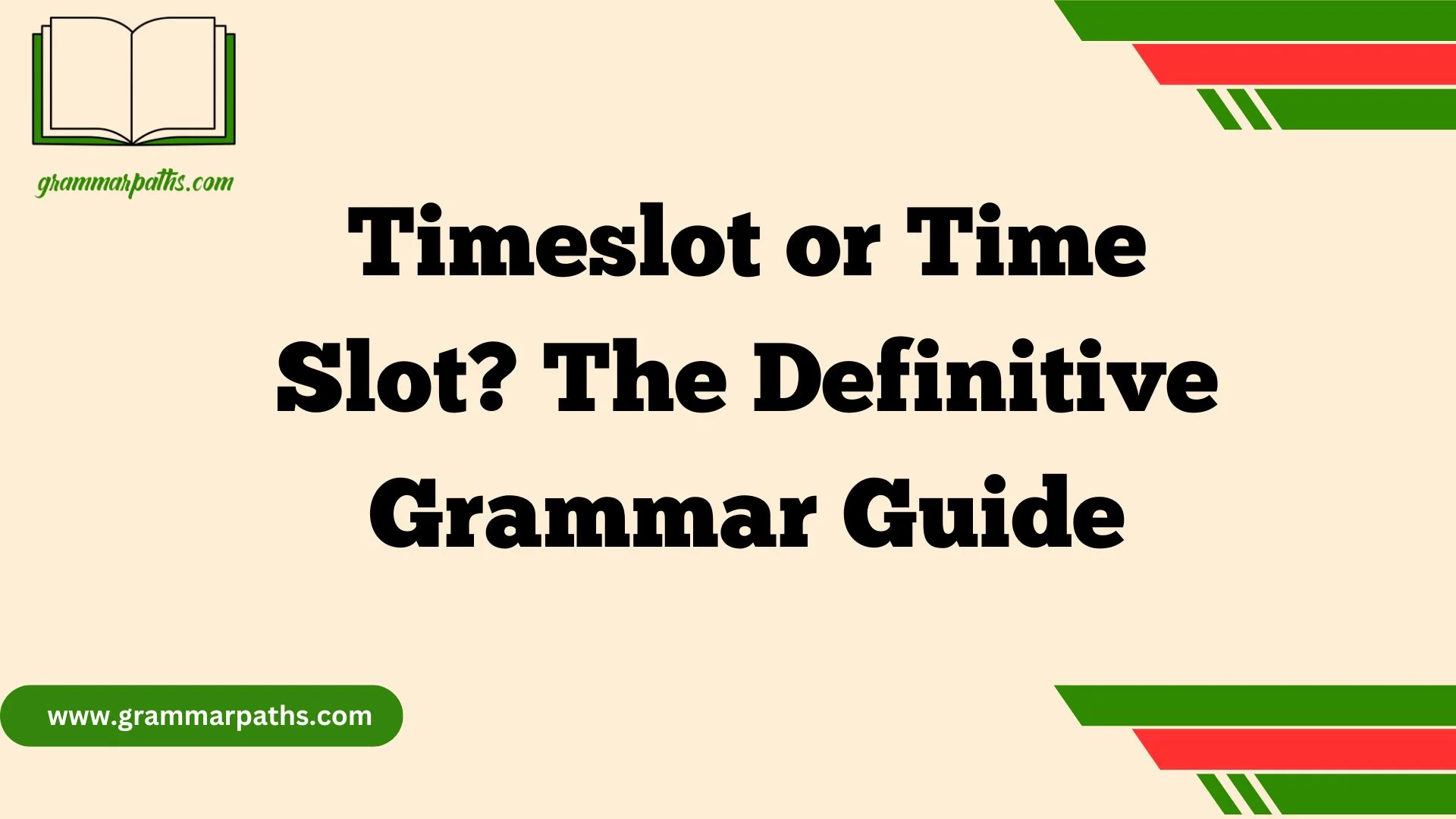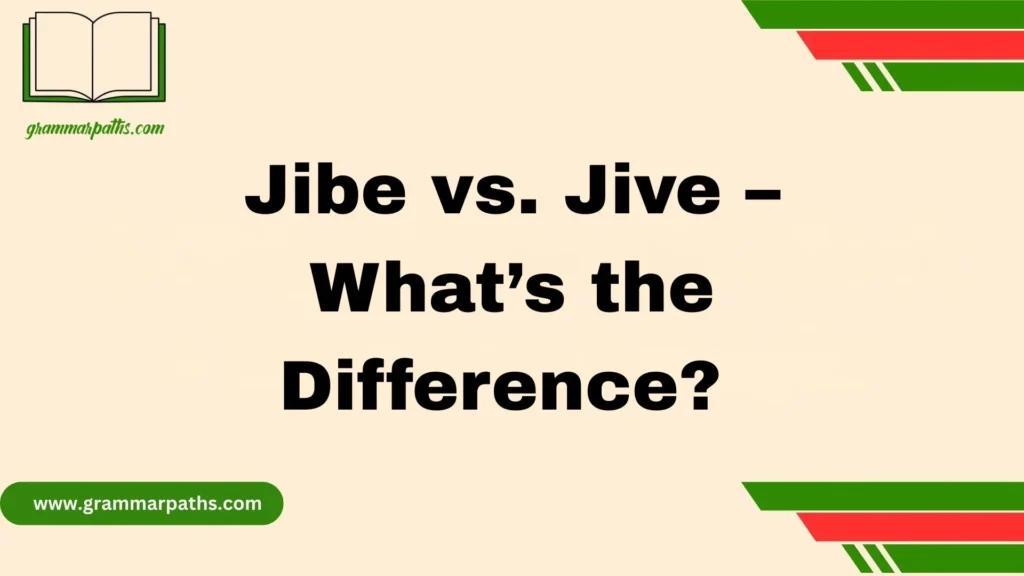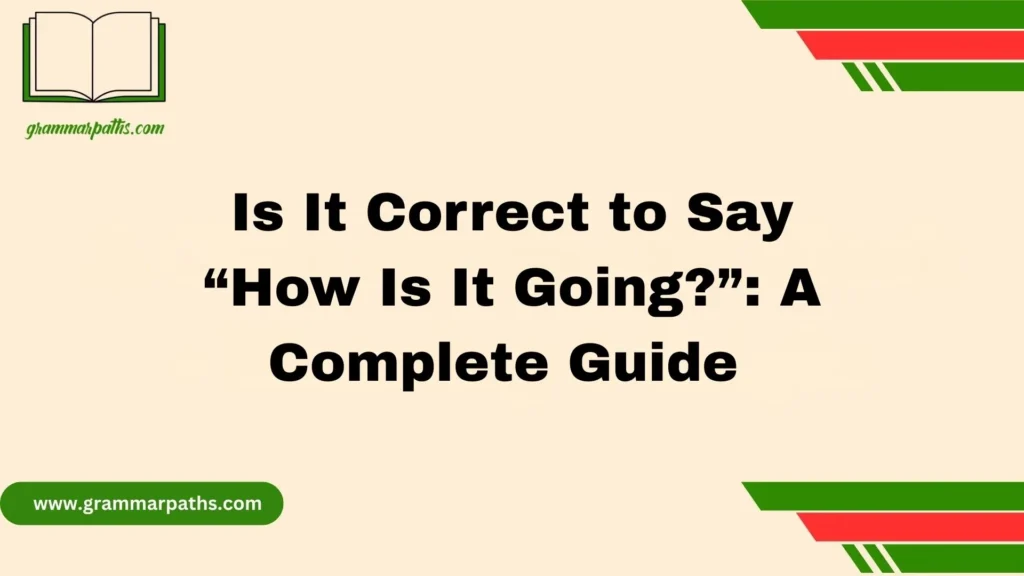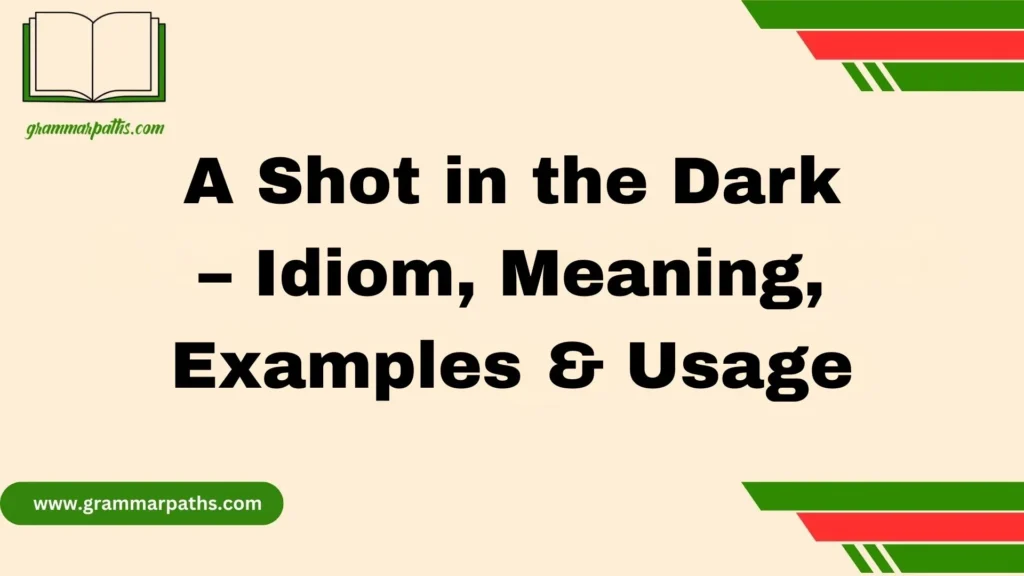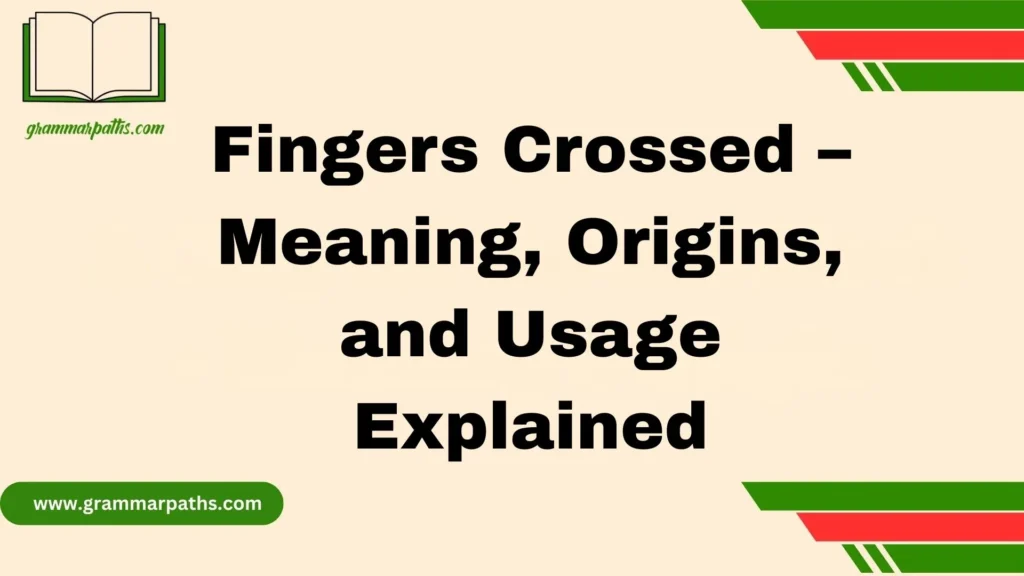In the world of digital communication, even simple terms like “timeslot,” “time-slot,” or “time slot” can spark real debate. I’ve seen this firsthand while working on UX and content teams, where small language choices make a big impact. Once, while creating a style guide with a tech team, this exact term stirred up a long discussion—not just about spelling, but about professionalism, clarity, and user understanding.
The truth is, there’s no one-size-fits-all answer. Some prefer the compact “timeslot” for a modern feel, others choose the open “time slot” for readability, and the hyphenated “time-slot” is becoming less common. What matters most is consistency—especially for searchability and maintaining a strong brand voice. But just as important is knowing your audience: people tend to respond best to what feels natural and intuitive.
Language evolves with us. Whether you’re a designer, writer, or product owner, your word choices should balance correctness, clarity, and context. Even a small term like “time slot” reflects how we adapt communication to meet users where they are—in real time, with real needs.
Short Summary
The debate over “timeslot,” “time-slot,” or “time slot” goes beyond spelling—it’s about clarity, consistency, and audience expectations. In professional settings like UX, content strategy, or product design, choosing the right form helps ensure effective communication. While “time slot” is the most widely accepted, the choice often depends on context and what feels most natural to your readers. Language evolves, and staying thoughtful and consistent is the key to making the right call.
Timeslot vs. Time Slot: Understanding the Difference
| Term | Form | Usage Context | Acceptance |
| Time slot | Two words | Formal writing, dictionaries | Widely accepted globally |
| Timeslot | One word | Informal, tech, UI/UX | Variant, less formal |
What is a Time Slot?
A time slot refers to a fixed period when something is scheduled to happen. For example, a television program might air during a 7:00 PM time slot, or you might book a doctor’s appointment in a 30-minute time slot.
The term is a compound noun combining “time” (the noun) and “slot” (a specific place or period). In English, most compound nouns start as two separate words and may merge over time—think “book store” evolving into “bookstore.” But in the case of “time slot,” dictionaries still recognize the two-word form as standard.
What About “Timeslot”?
“Timeslot” has emerged primarily in digital environments. Scheduling apps, online booking tools, and some broadcasters use “timeslot” as a single word. It often appears in UI labels and informal communications because it saves space and feels modern.
While it’s gaining traction, this form remains non-standard in formal writing and academic contexts.
Which Is Correct: Timeslot or Time Slot?
According to authoritative dictionaries, the correct spelling is “time slot”—two separate words.
- Merriam-Webster Dictionary defines it clearly as “time slot” with no entry for “timeslot.” Source
- Oxford English Dictionary also lists “time slot” but doesn’t recognize “timeslot.”
- Cambridge Dictionary follows suit with “time slot” as the correct form.
Example:
“Your interview is scheduled for the 3:00 PM time slot.”
Why Does “Timeslot” Exist Then?
Language evolves, especially with tech jargon. “Timeslot” saves space in user interfaces, mobile apps, or where brevity is needed. It’s easier to type and fits better in menus or buttons.
Still, when you write emails, reports, articles, or official documents, stick with “time slot” for clarity and professionalism.
Regional and Industry Variations
The English language often has regional spelling differences (color vs. colour, organize vs. organise), but time slot vs. timeslot is not one of them.
| Region | Preferred Usage |
| United States | Time slot |
| United Kingdom | Time slot |
| Australia | Time slot |
| Tech Industry | Timeslot (informal) |
| Broadcasting | Timeslot (varies) |
Case Study: Broadcasting Industry
Broadcast companies sometimes use “timeslot” in marketing materials and internal documents. For example, a radio station’s website might say, “Choose your preferred timeslot for live calls,” reflecting a more casual tone for web visitors.
Academic and Corporate Usage
In formal writing, academic papers, and corporate communication, “time slot” reigns supreme. Official style guides and editorial standards always recommend two words.
When Is It Acceptable to Use “Timeslot”?
There are scenarios where “timeslot” works well:
- Informal communication: Internal emails, chats, or text messages where speed matters.
- User interfaces: Buttons, dropdown menus, and labels in apps where space is limited.
- Branding: Some companies adopt “Timeslot” as a brand or product name.
However, avoid “timeslot” in:
- Academic writing
- Professional reports
- Public-facing marketing collateral
- Official documents and contracts
Common Mistakes to Avoid
- Mixing “timeslot” and “time slot” within the same text causes confusion.
- Using “timeslot” in resumes or academic work makes your writing seem informal.
- Trusting spellcheck blindly: many autocorrect tools accept “timeslot” but that doesn’t mean it’s correct.
- Writing “time-slot” with a hyphen (rarely correct except in rare cases).
Synonyms and Alternatives to Time Slot
Sometimes, “time slot” isn’t the best phrase. Here are alternatives to consider based on your context:
- Appointment time — used in healthcare, business meetings.
- Booking window — used for reservations or online scheduling.
- Scheduled time — general phrase, more formal.
- Session — often used in conferences or workshops.
Choosing the right synonym can boost clarity. For example, “booking window” fits better for ticket sales, while “session” suits event agendas.
Real-World Usage Examples
Correct Use of “Time Slot”
- “The conference will have five 45-minute time slots for breakout sessions.”
- “Please select an available time slot to book your interview.”
Informal Use of “Timeslot”
- “Grab your timeslot quickly before they sell out!” (common in apps)
- “I’ve reserved a timeslot for the delivery between 2-3 PM.”
Notice the tone difference: “time slot” feels formal and precise, while “timeslot” is casual and modern.
Final Verdict: Which Should You Use?
To sum it up:
| Aspect | Recommendation |
| Formal writing | Use time slot |
| Informal/tech context | Timeslot may be acceptable |
| SEO and digital content | Stick with time slot |
| Consistency | Always use one form throughout |
Best practice: When in doubt, use “time slot”. It’s safe, accepted, and respected across industries.
Frequently Asked Questions (FAQs)
Is timeslot one word or two words?
The correct spelling is “time slot” — two words — according to all major dictionaries. “Timeslot” is an informal variant mostly used in tech contexts or UI labels.
How do you spell timeslot in the UK?
In the UK, the correct and standard spelling is “time slot” — two separate words. This matches both British and international English grammar standards.
What is the meaning of time slot?
A time slot is a specific, scheduled period allocated for an event, appointment, or broadcast. It helps organize activities by assigning fixed times.
How do you write time slots?
Use “time slot” as two words; for plural, simply write “time slots.” Example: “Available time slots are listed below.”
How do you use time slot in a sentence?
Example: “I booked a time slot for my dentist appointment at 3 PM.”
Another: “The show airs in the prime-time time slot on Fridays.”
Conclusion
Choosing between timeslot and time slot might seem minor, but it reflects your writing skills and professionalism. While “timeslot” finds its place in informal tech environments, “time slot” remains the gold standard in formal, academic, and official writing.Next time you schedule an appointment, write an article, or build an app, remember: clarity and consistency win every time.

Emma Brooke is a passionate language expert and contributor at GrammarPaths.com, where she helps learners navigate the complexities of English grammar, idioms, and effective writing. With a strong academic background and years of teaching experience, Emma excels at turning tricky grammar rules into simple, practical lessons that readers can easily grasp.
